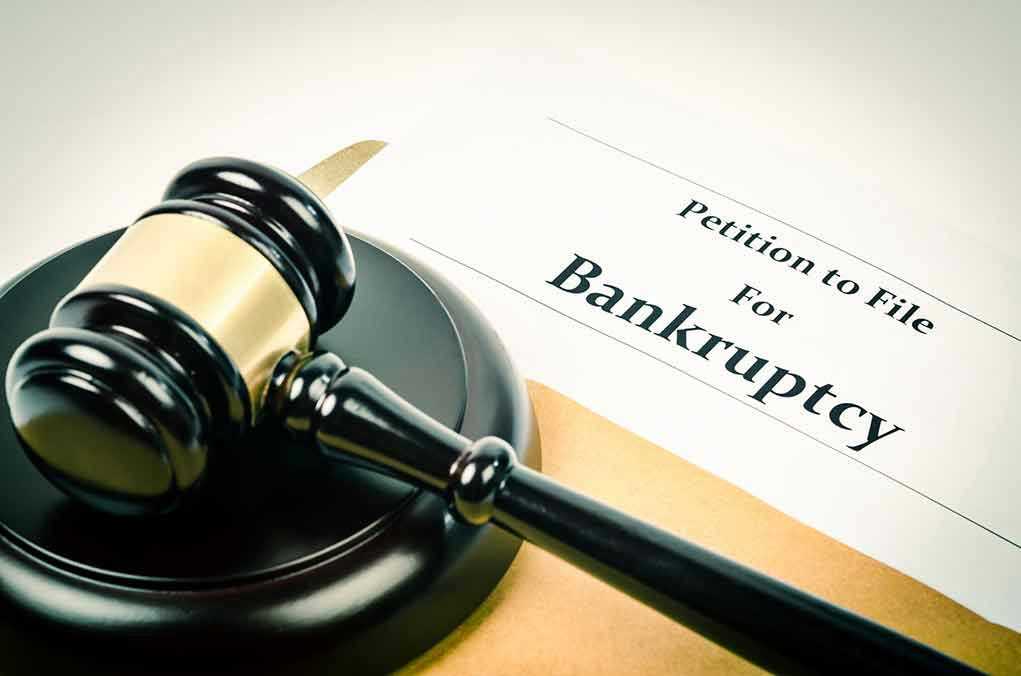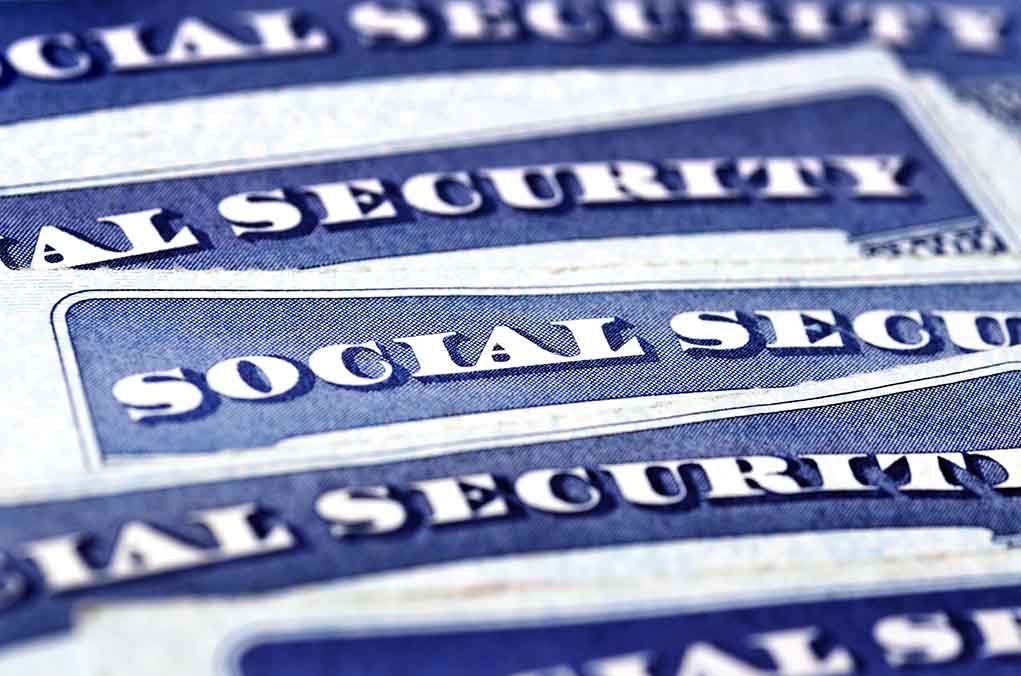
When your bank starts showing warning signs of failure, knowing what to look for could help you protect your life savings before it’s too late.
At a Glance
- Bank failures are rare but can have significant impacts on the economy and consumer confidence; four U.S. banks failed in 2023 alone
- Early warning signs include declining profits, increasing loan defaults, poor management, service quality deterioration, and negative media coverage
- Most depositors are protected by FDIC insurance up to $250,000 per account holder per account type
- Protection strategies include using FDIC-insured institutions, staying under insurance limits, diversifying funds across multiple banks, and monitoring bank health
Understanding Bank Failures
Bank failures, while relatively uncommon, can send shockwaves through the economy and shake consumer confidence in financial institutions. In 2023, four U.S. banks collapsed, including Silicon Valley Bank, Signature Bank, First Republic Bank, and Heartland Tri-State Bank. These failures serve as stark reminders that even established financial institutions can face challenges severe enough to cause their downfall. The aftermath often extends beyond the individual bank, potentially triggering broader economic concerns and affecting the availability of credit throughout the economy.
“Bank failures almost always follow a similar pattern,” says Cory Frank, founder and CEO of Robora Financial. “Actual or expected losses lead to questions about capital adequacy, which then spark concerns about solvency. Fears around solvency often prompt customers to take self-preserving actions, such as pulling deposits. These actions, in turn, can cause a liquidity crisis. Liquidity risk is unique among risk types in that the perception of a problem can create a real problem — customer behavior itself can drive a bank or credit union to fail.”
Banks are fundamental to the global economy, facilitating everything from everyday transactions to complex financial operations. When they fail, the ripple effects can extend far beyond immediate account holders. Multiple bank failures in a short period can signal serious economic distress and potentially contribute to a recession, as seen during the 2008 financial crisis. Understanding what causes banks to fail and recognizing early warning signs can help consumers protect their financial assets.
Warning Signs of Potential Bank Failure
Several indicators can suggest a bank might be headed for trouble. Declining profits and increasing loan defaults are among the most telling financial signs. When a bank consistently reports losses or shows a significant uptick in non-performing loans, it may signal deteriorating financial health. Poor management practices, including overly aggressive growth strategies or inadequate risk assessment protocols, can also precede failure. Banks that make headlines for management scandals or regulatory violations should trigger heightened vigilance.
Deteriorating service quality can be another red flag for observant customers. Banks facing financial difficulties often cut costs by reducing staff, closing branches, or limiting ATM services. You might notice longer wait times, reduced operating hours, or difficulty reaching customer service representatives. Additionally, if your bank suddenly starts imposing new or higher fees for basic services, it could be attempting to boost its profitability during financial struggles.
“There doesn’t need to be a deep recession or collapse of the economy if there are internal problems at the bank that the public is simply unaware of,” says Adem Selita, co-founder of The Debt Relief Company. “However, banks do undergo stress tests and are checked for these issues quite often in order to minimize the risk of this happening. But that doesn’t mean the system is foolproof.”
What Happens When a Bank Fails
When a bank fails, the Federal Deposit Insurance Corporation (FDIC) typically steps in to manage the situation. The FDIC may establish a “bridge bank” or transfer assets to another FDIC-insured institution to ensure depositors can access their funds with minimal disruption. Depositors with accounts under the $250,000 insurance limit per account holder per account type are fully protected. However, those with balances exceeding these limits may face uncertainty about recovering their excess funds.
Borrowers must continue to make loan payments even if their bank fails, as these loans are typically sold to another financial institution. Shareholders of the failed bank often lose their investments entirely, and employees face job uncertainty as operations are restructured or discontinued. The U.S. government classifies major banks such as JPMorgan Chase, Bank of America, Wells Fargo, and Citi as “too big to fail,” suggesting they would likely receive government intervention to prevent collapse due to their systemic importance.
Protecting Your Financial Assets
Taking proactive steps to safeguard your money is crucial, regardless of how stable your bank appears. First and foremost, ensure your accounts are held at FDIC-insured banks or NCUA-insured credit unions. Be mindful of deposit insurance limits and consider spreading larger sums across multiple institutions if your savings exceed $250,000. Regularly research your bank’s financial health through ratings from agencies like Weiss or Bauer Financial, and stay informed about any concerning news reports about your financial institution.
“Stay informed,” Frank says. “Search for recent news about your bank or credit union for any of the red flags mentioned. Analyze financials, if you can: Download and review the institution’s Call Report (for banks) or the National Credit Union Administration report (for credit unions) to spot negative trends.”
Since the 2008 financial crisis, regulatory frameworks like the Dodd-Frank Act and Basel III have been strengthened to prevent bank failures. Technological innovations and global coordination among regulatory bodies are also helping to manage risks and maintain financial stability. A 2019 FDIC survey showed that 96.5% of U.S. households had access to at least one insured deposit account, indicating widespread basic protection. Nevertheless, individual vigilance remains essential in complementing these systemic safeguards.
While the banking system has become more resilient over time, staying informed and proactive is still the best approach for consumers. By recognizing the warning signs of potential bank failure and taking appropriate protective measures, you can significantly reduce your financial vulnerability and ensure your hard-earned money remains secure, even in uncertain economic times.

















